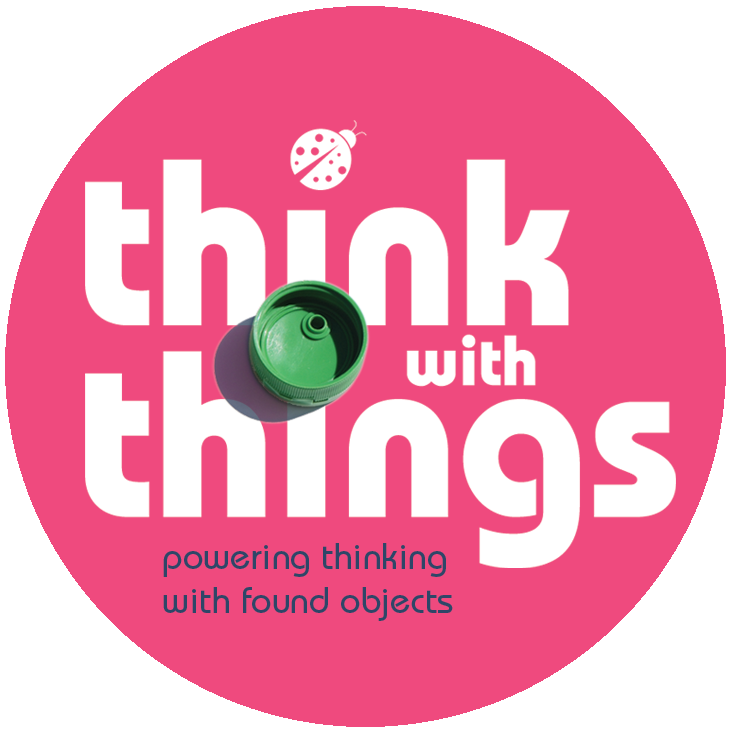Turtlewings Studio 2009, Ixelles Belgium
“You’ve achieved success in your field when you don’t know whether what you’re doing is work or play. ”
The Story of the Founder — Jules
Almost 20 years ago, I finished my thesis on designing with children at Aalto University in Helsinki and moved to Brussels, Belgium. I first utilised found objects out of desperation on my first real design project at a school in 2004, where they asked me to design a “friendship bench” on a playground with a group of students from 6-12 years old. I went in enthusiastic with too many facts and information, blank white paper and pencils and asked them to draw and tell me about their dream playground.
I left the workshop with a stack of pictures of clowns, princesses, snakes, etc. But no image, nor word that would help me see the children’s vision and ideas. The next time I went in, I took a big box of found objects and good questions. “How do you know when two people are friends?” and “What object on a playground fosters friendship?”
After a few confusing looks, the children dove into the materials and words flew from their mouths; “I need this piece to get higher”, “I want that tube to go through” and so forth. I sat back as a happy observer and watched. I primarily watched the children who had said nothing or had drawn nothing the day before. They were wholly animated and engaged not only with the materials but with their classmates. The results were 12 incredible prototypes and a rich vocabulary that I could use to develop a plethora of ideas. Too many!
This project was the launch of my first design studio for and with children, called Turtlewings. The generous space housed 1000’s of found objects, including a creative reuse centre in the basement. Over its eight-year lifespan, we worked with all ages, cultures and organisations and it was the incubator for Think with Things today.
In June 2014 a UX designer and I were one of 7 winning teams chosen as the top new education technology companies in Europe. The idea came from a method I had developed at Turtlewings studio. The idea was an app that joined Things and Technology to create a community digital library of everyday objects and their connected learning possibilities. An application that supports problem-solving, creative thinking and collaboration skills enriches current learning practices to engage more children worldwide!
The backing enabled us to create our business plan, make contacts and expand our knowledge of the Edtech startup world. We spent the autumn of 2014 and all of 2015 travelling Europe and the US presenting, pitching and developing the idea along with teachers. By the end of 2015, we realised it was a much bigger project than the two of us could manage, so we put the app on hold.
In 2018 Think with Things has relaunched and 14 years, from the first pile of things and I am still carrying boxes of found objects into groups, and every time I sit back as a happy observer amazed at the effect these simple objects have on people. I am not a scientist, and many times I wish I were to explain to you scientifically why this method works so well, but I am not. I am neither a scientist nor an educator, but I believe that my core as a designer, with a passion for solving problems, has been integral in getting TwT to this point. It is the idea that I do not think like a scientist or an educator and question their ways that make me keep pushing this forward. I believe that it would be a great future if more and more people crossed disciplines to solve this future problem of what will work look like in 50 years.
Jules Gilleland-Founder

